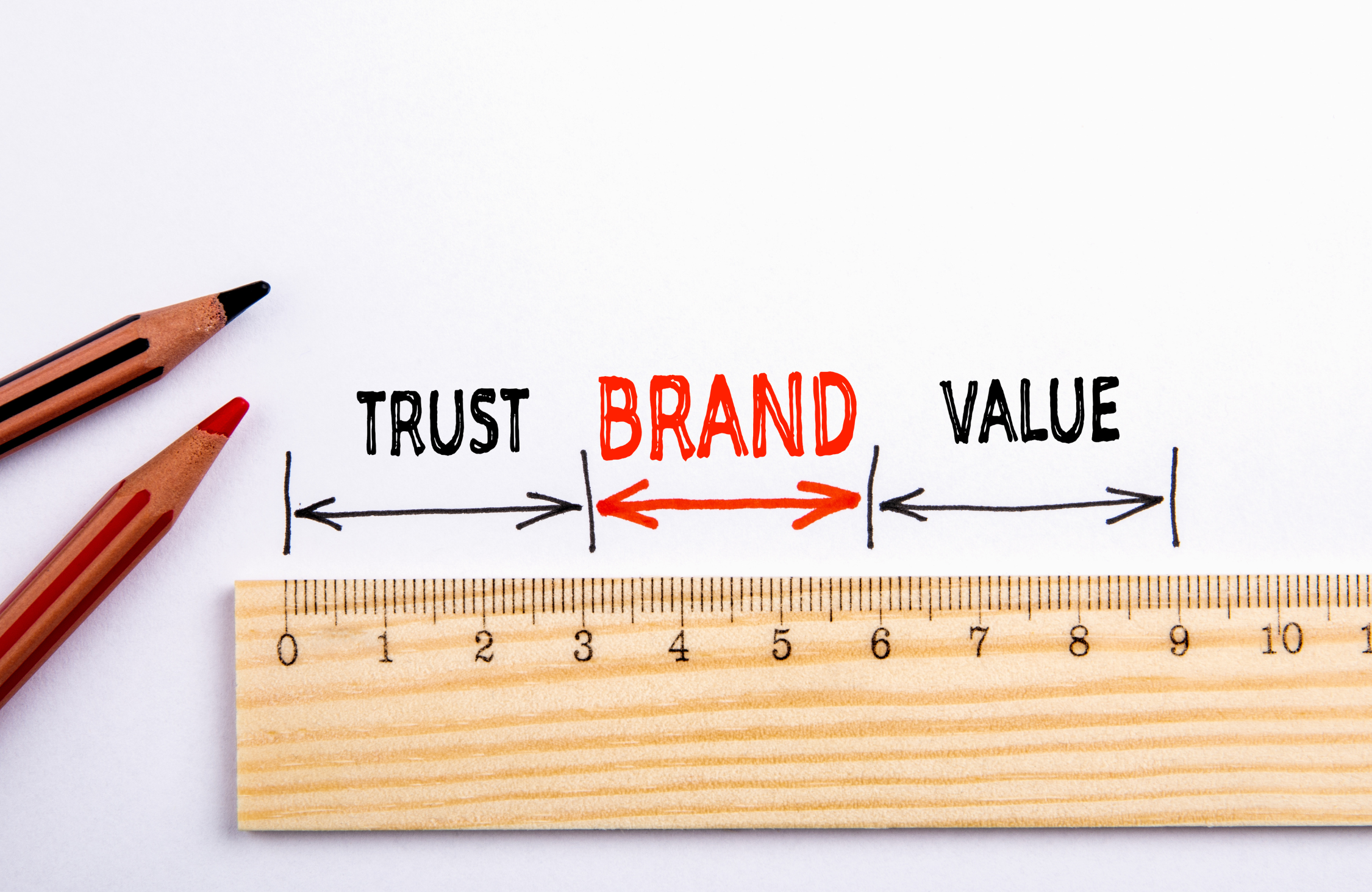Insurance company Geico consistently communicates its brand promise, “15 minutes or less can save you 15% or more on car insurance. Some may say that it’s masterful because it:
- Publicly communicates to prospective and existing customers what to expect.
- Creates expectations for employees and the service levels they’re held accountable for.
- Reaffirms the value cost position of the product.
A brand’s promise is a public agreement that sets the tone and expectation with all key stakeholders. It’s grounded in tangible behaviors, defines what customers can expect when dealing with the company and how that customer experience should be delivered by all employees.
Service Brand Promises are Delivered By People
For service companies, a brand promise is largely delivered through people. How many times have we shared stories of our heat breaking on a holiday weekend, and the speed at which your service company deployed a technician? And most of us have had cortisol spikes waiting on hold with our internet providers (by phone or online) for hours addressing slow or disconnected service. What about the famous stories of Southwest Airlines singing flight attendants who match your safety with good spirit and cheer?
Service brand promises aren’t delivered through huge product launches, like Apple’s promise to help consumers “think differently” via new products, technologies and upgrades. While competitiveness and value of service products are vital, service brands are largely built through the actions and behaviors of people.
Ascendus is a U.S.-based Community Development Financial Institution Fund (CDFI) that provides low interest loans and hands-on business support to advance entrepreneurship in underserved communities. Its brand promise is “You will be financially healthier after Ascendus than before.”
The organization measures its brand promise by evaluating financial indicators of businesses it serves and builds metrics and tracking into its agreements. This includes spending, saving, borrowing and planning habits. Its financial products (loans) are a factor in the brand equation. However, this brand promise aligns Ascendus employees around what success looks like and sets the expectation with clients that they are receiving more than money, they’re receiving service.
Service Agreements are Powerful Brand Tools
A service agreement is a physical document that outlines services and levels of service provided, expected employee standards, metrics, deliverables and penalties. They are one of the clearest and most effective ways to ensure a supplier or partner delivers as promised to clients. In general, there are three types of service agreements:
- Public Facing: Customer service agreements are a general agreement between a service provider and client. When you sign an agreement for Adobe software, you will receive clear language about the level and scope of your service.
- Staff Relations: Internal service agreements between internal departments ensure that the responsibilities and duties of a specific team are clear. Any organization with a call center, managed services or centers of excellence in HR or IT use SLAs to avoid confusion and set expectations.
- Multifaceted: Multi-level service agreements allow a provider to offer multiple services within the same contract. It has multiple tiers and sometimes an evergreen clause that allows bolt-on services and helps prevent a lapse in coverage. For example: If you work with a diversified marketing agency, terms may be different with advertising buying and public relations.
Service agreements improve both customer and employee experiences with the company because they’re designed to eliminate friction and build strong, long-lasting relationships. There are clear metrics and measurables for success, and they also and service agreements outline a drumbeat of communication and engagement including touchpoints, review meetings, upgrades, results reporting and more.
Most significantly, they also serve as a valuable tool for building and validating service brands because nearly all expectations are outlined in black and white – and not in the (naturally overlooked) fine print portion of an agreement or contract.
The brand promise of Albireo Energy, a leading independent building controls and energy services provider, is to “stay connected.” Its business model is to design, engineer, install, commission and service the control system that connects lighting, HVAC, fire and security, and other critical systems.
However, the company’s service agreements serve as a blueprint for the brand promise to customers and employees. The agreements not only include scope of service, but tiered staffing models, access to data and secure management, and on- premise safety. It’s the additional range of intelligent service options like fault detection and analytics that signal growth direction for employees, and let customers know in their own language how they can stay further connected.
“Service agreements are the perfect avenue to showcase your company’s ability to exceed customer expectations,” said Steve Demanovich, vice president of service operations at Albireo Energy. “With a defined set of scheduled services, your brand is scored in the moment based upon the success of the service delivered. You’re able to get almost real-time feedback. If you’re missing something, you hear it immediately.
Longer term, customers measure your brand’s promise by purchasing additional services and renewing agreements. That means that marketers can use revenue growth as a brand measure. Not to mention the benefits of a brand becoming well-known and highly respected for successfully delivering on its promises.”
Three Recommendations for Service Marketers
For service businesses, a strong and simple brand promise creates a memorable engagement, can make your business memorable especially when the experience lines up well with the words. And those words are best lined up when they are attached to a customer agreement. Here are three recommended actions for service marketers:
- Use service agreements as a form of voice of customer. Your service product or operations team have already done a heavy lift to scope what customers want, how the company will deliver it, and how you’re going to do it better than the competition.
If the company already has a service agreement customer base, marketers already have a validated form of voice of customer because they’ve signed on the dotted line. That service agreement is even more powerful when paired with the results of a customer satisfaction survey – so that you can compare the level of service promised versus the level of service received (brand promise versus brand delivery). - Leverage the brand promise / service agreement combination to assert a marketers voice into how work gets done. A brand promise and the scope of a service agreement set the standard for how employees deliver the things that matter most to customers.
A crisis management firm has a brand promise of “always there,” and its service level agreements guarantee that the team will be on call 24×7. The firm’s marketing leader urged the executive team to include weekend and holiday coverage as part of monthly capacity planning meetings to ensure that staff is available (and that they’re not always the same people). As employees, the expectation of client delivery and experience (and work-life balance) is clear. There’s also no truer case of building customer loyalty and brand equity than being in the trenches during a crisis situation on Christmas Eve. - Tie back to service agreements when measuring brand health. As marketers, we often struggle to assess the value of our brands. Net promoter score and sentiment analysis are common, and at sale, the value of a company’s trademarks is calculated. Service agreements and the recurring revenue that can result from them provides quantitative ways to measure whether the brand is delivering on its promise – and the company CFO will love it.
A controls and energy services provider like Albireo Energy can track how well they “stayed connected” by assessing the number of new services sold to existing customers or number of service agreements renewed. CDFI Ascendus tracks the precise number of clients who are financially better (based upon a set of standard metrics) as a result of their services. For an insurance provider like Geico, marketers can measure what percent of insurance policies were closed as a result of conversations that were 15 minutes or less.
When done well, service brand promise statements are simple, believable, and widely understood. One of the best tools at a marketers disposal is a service agreement – because it essentially ensures that walk and talk are aligned on the frontline.







